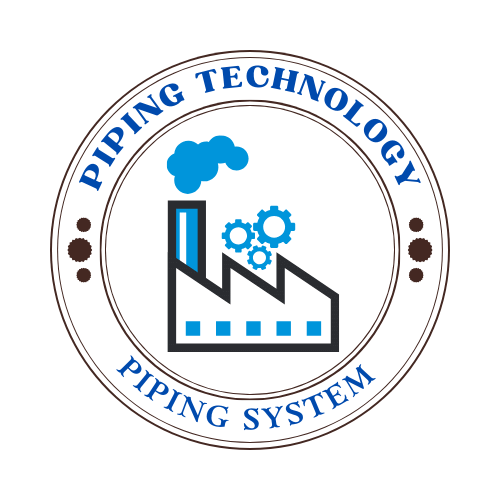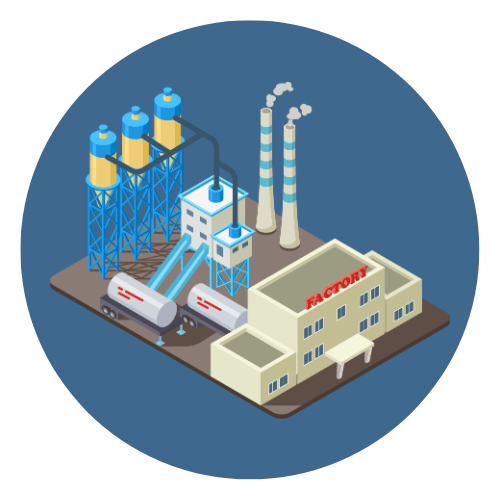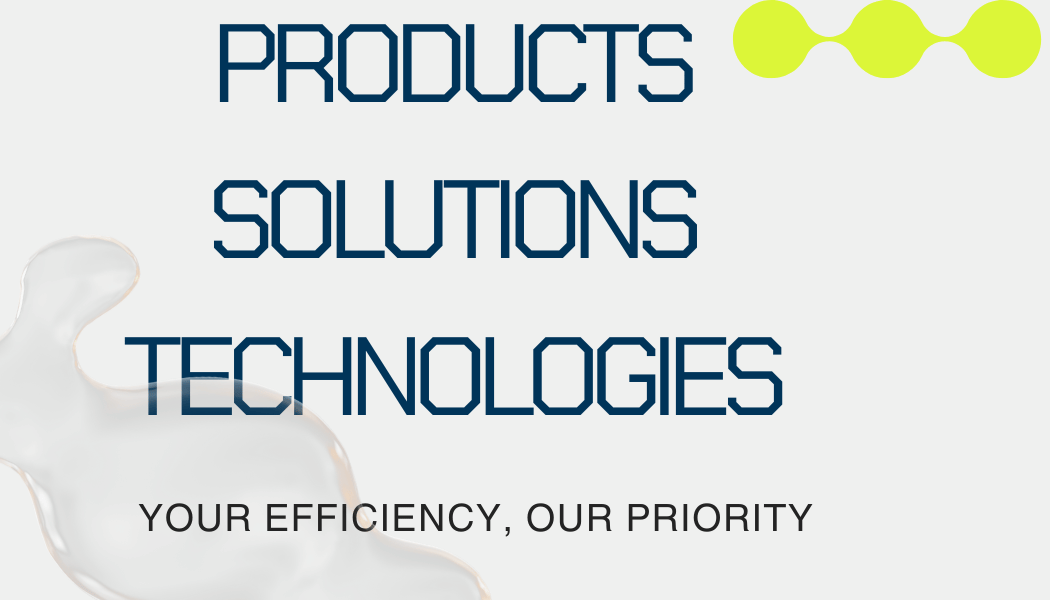II. Types of Backflow Preventers
There are several types of backflow preventers, each designed for specific applications and levels of hazard. Choosing the right one depends on the system design and the level of risk posed by potential contaminants.
1. Air Gap
An air gap is the simplest and most reliable form of backflow prevention. It’s a physical space—typically vertical—between the water outlet and the highest possible water level in a receiving vessel. Commonly found in sinks and dishwashers, air gaps eliminate any direct connection between the potable water supply and potential contaminants.
-
Applications: Residential sinks, commercial dishwashers, water tanks
-
Pros: No moving parts, low maintenance
-
Cons: Requires space, can be bypassed if not correctly installed
2. Atmospheric Vacuum Breaker (AVB)
An AVB is a simple, inexpensive device that uses air pressure to prevent backflow. It includes a valve that opens to allow air into the system when water flow stops, breaking the vacuum and preventing reverse flow.
-
Applications: Lawn irrigation systems, hose bibs
-
Pros: Low cost, easy to install
-
Cons: Cannot be installed in continuous pressure systems
3. Pressure Vacuum Breaker (PVB)
A PVB is similar to an AVB but is designed for systems that remain under constant pressure. It includes a spring-loaded check valve and an air inlet valve that closes when water flows in the correct direction.
-
Applications: Sprinkler systems, outdoor irrigation
-
Pros: Suitable for continuous pressure
-
Cons: Requires annual testing, more complex than AVBs
4. Double Check Valve Assembly (DCVA)
The DCVA consists of two independently acting check valves in series. It provides moderate protection against backflow from pollutants but is not suitable for systems with high-risk contaminants.
-
Applications: Fire sprinkler systems, commercial boilers
-
Pros: Reliable, can be used in many applications
-
Cons: Not for high-hazard substances, requires annual testing
5. Reduced Pressure Zone Device (RPZ or RPBP)
An RPZ is the most robust and reliable backflow preventer for high-hazard conditions. It includes two check valves and a relief valve, which opens if either check valve fails—ensuring that backflow does not occur even under pressure or during valve failure.
-
Applications: Industrial facilities, laboratories, chemical plants
-
Pros: Highest level of protection
-
Cons: Most expensive, requires regular testing and maintenance
III. How Backflow Preventers Work

Backflow preventers work by allowing water to flow in only one direction—from the main supply into a home or building—and stopping any reverse flow that could carry contaminants back into the clean water system.
Here’s a simple breakdown of how the mechanism works:
1. One-Way Flow Control
At the core of every backflow preventer is a check valve or series of check valves. These valves open to allow water in the correct direction but automatically close if the flow starts to reverse. This prevents any water—and anything in it—from going backward into the potable supply.
2. Response to Pressure Changes
Backflow often occurs due to a change in pressure:
-
Backpressure happens when downstream pressure becomes higher than supply pressure (e.g., in a pump system).
-
Back siphonage occurs when supply pressure drops suddenly (e.g., water main break or firefighting event), creating a vacuum that pulls water backward.
Backflow preventers are designed to detect these pressure changes and block reverse flow immediately.
3. Multi-Layered Protection (in Advanced Devices)
Devices like Double Check Valve Assemblies (DCVAs) and Reduced Pressure Zone (RPZ) devices use multiple check valves and a relief valve:
-
If the first valve fails, the second one acts as a backup.
-
In RPZs, if both check valves fail, the relief valve opens and discharges water, ensuring contaminated water doesn’t enter the clean supply.
4. Air Inlets and Vents
Some backflow preventers—like vacuum breakers—use an air inlet valve. When water flow stops or reverses, the valve opens to let in air, breaking the vacuum and stopping siphonage.
🔄 Simple Analogy:
Imagine a subway turnstile: it lets people in one way but locks if someone tries to go back. Backflow preventers work the same way—protecting the clean water “station” from backward intrusions.


 Automation System
Automation System  Energy Engineeing
Energy Engineeing  Instrumentation System
Instrumentation System  Mechanical Engineeing
Mechanical Engineeing  Piping Technologies
Piping Technologies  Transportations
Transportations  Manufacturing
Manufacturing  Training Material
Training Material 













